As automotive technology advances, many vehicles have various safety features to ensure a smooth and secure driving experience. One such feature is the run flat indicator, which alerts drivers when their tires are losing air pressure or experiencing a flat tire.
The run flat indicator inoperative warning system is crucial in preventing accidents and breakdowns on the road. Driving on low or flat tires can result in loss of control and potential damage to the vehicle. However, there are instances when the run flat indicator may malfunction or become inoperative.
This can pose a significant safety risk, as drivers may not be alerted to a flat tire until too late. This article will explore why a run-flat indicator may become inoperative, the consequences of driving with an inoperative indicator, and what steps drivers can take to address this issue.
Drivers need to know the importance of maintaining a properly functioning run flat indicator, as it can significantly improve their safety and security.
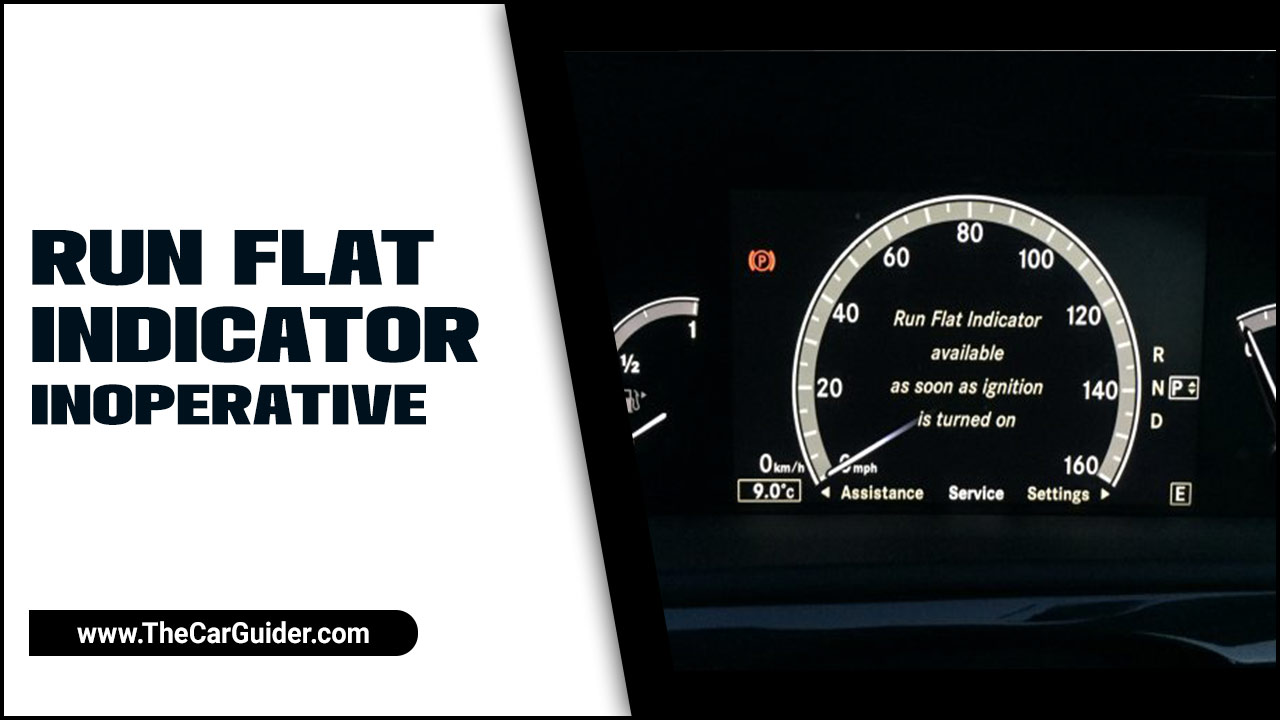
Key Takeaways:
- The Run Flat Indicator alerts drivers to low tire pressure and potential tire issues, improving safety.
- A malfunctioning indicator can be caused by sensor failure, electrical issues, faulty control modules, or physical damage.
- Regular tire pressure checks and sensor maintenance are essential to prevent inoperative indicators.
- Seek professional help if issues persist to ensure safety and proper vehicle function.
What Is The Run Flat Indicator
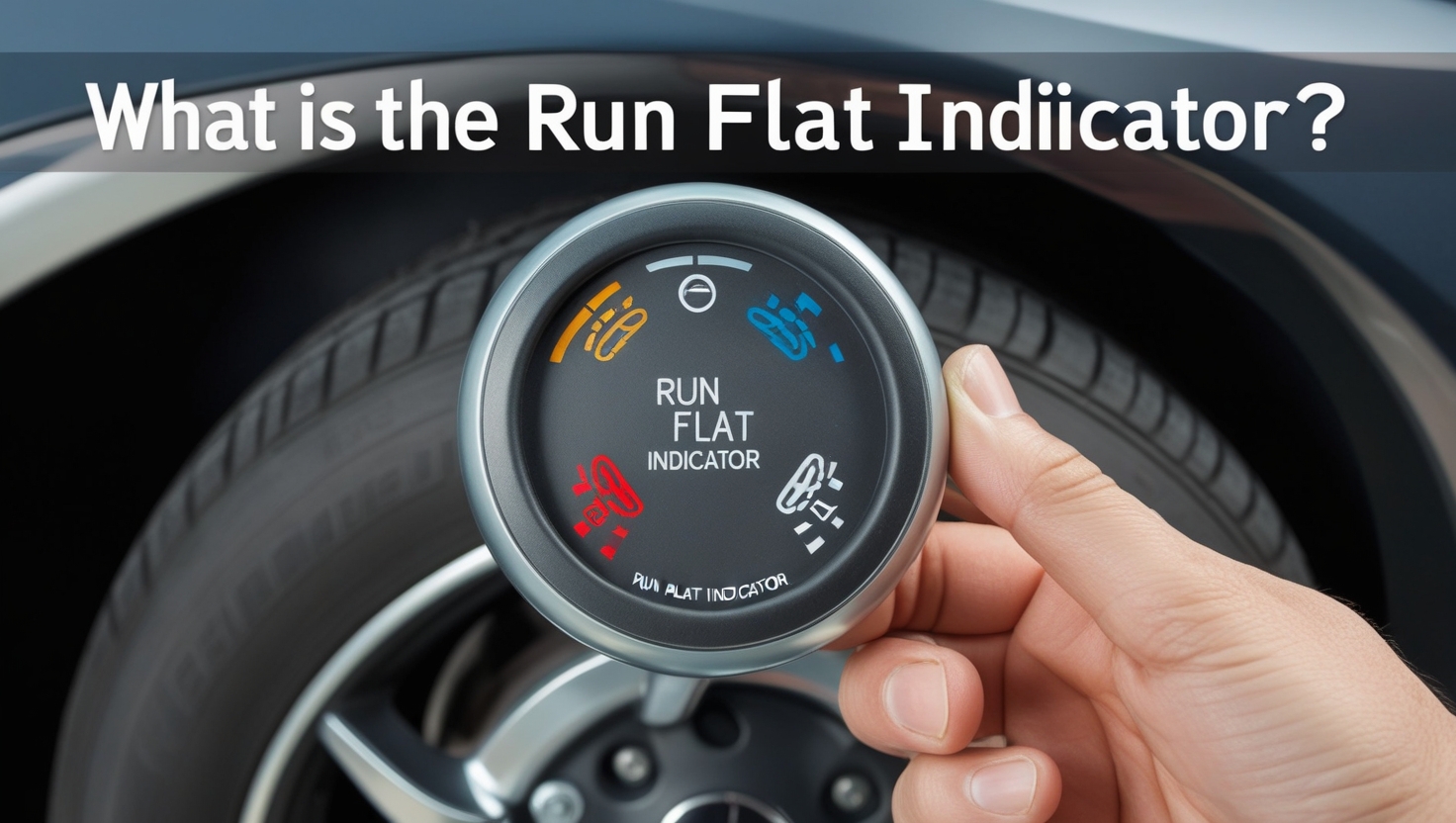
The Run Flat Indicator is a feature in some vehicles that alerts the driver when one. Or more of the tires have low air pressure. This indicator can help prevent accidents and damage to the vehicle by notifying the driver of a potential tire issue before it becomes a safety hazard.
When the Run Flat Indicator is inoperative, it means that this feature is not functioning properly. And may not accurately detect low tire pressure. It is important to have this issue addressed by a qualified mechanic as soon as possible to ensure the safety of both the driver and the vehicle.
Run Flat Indicator Inoperative – Common Causes
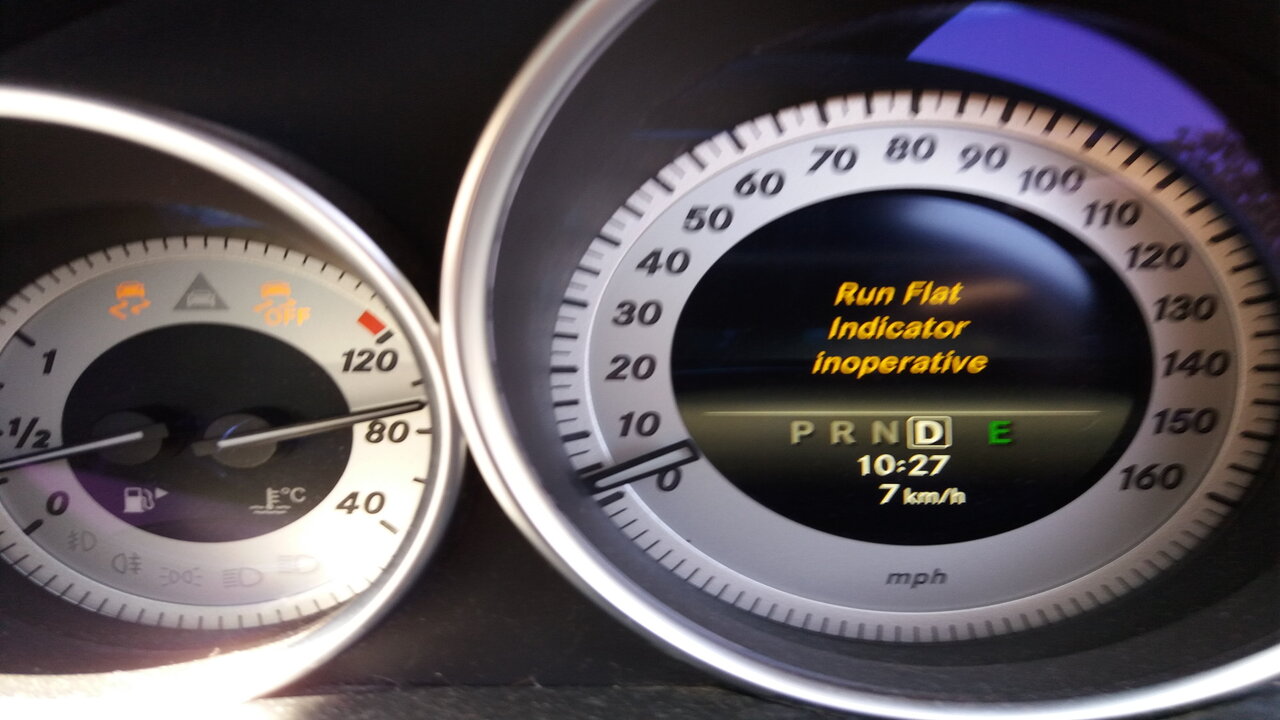
The run-flat indicator inoperative can be a cause of concern for vehicle owners, as it compromises the safety and reliability of their tires. There are several leading causes for this issue. And it is crucial to address them promptly to ensure the proper functioning of the run-flat indicator. Some common causes of run flat indicator inoperative:
- Sensor Malfunction
- Electrical Issues
- Faulty Control Module
- Physical Damage
Sensor Malfunction
The Run Flat Indicator Inoperative issue can be caused by a variety of factors, with one common reason being sensor malfunction. When the sensor fails to work correctly, it can lead to inaccuracies in the tire pressure monitoring system.
This could potentially compromise the safety of the vehicle and result in the driver not being alerted to potential tire issues. Regular maintenance and sensor checks are essential to prevent such malfunctions.
Electrical Issues
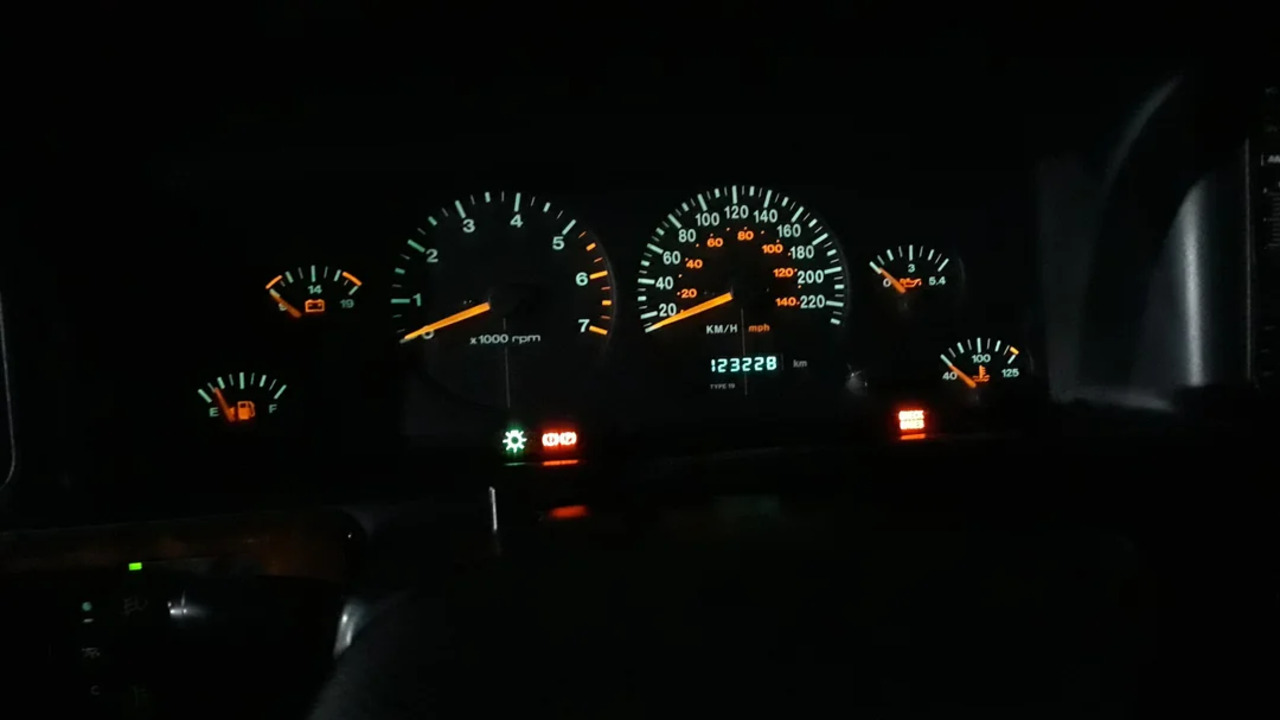
The error message “Run Flat Indicator Inoperative” can often be traced back to electrical issues, which are common causes of this problem. It is important to address these issues promptly to ensure the proper functioning of the indicator system.
Ignoring or delaying the resolution of electrical problems can lead to further complications and potentially compromise the safety features of the vehicle. Regular maintenance checks and timely repairs are crucial in preventing such issues from occurring.
Faulty Control Module
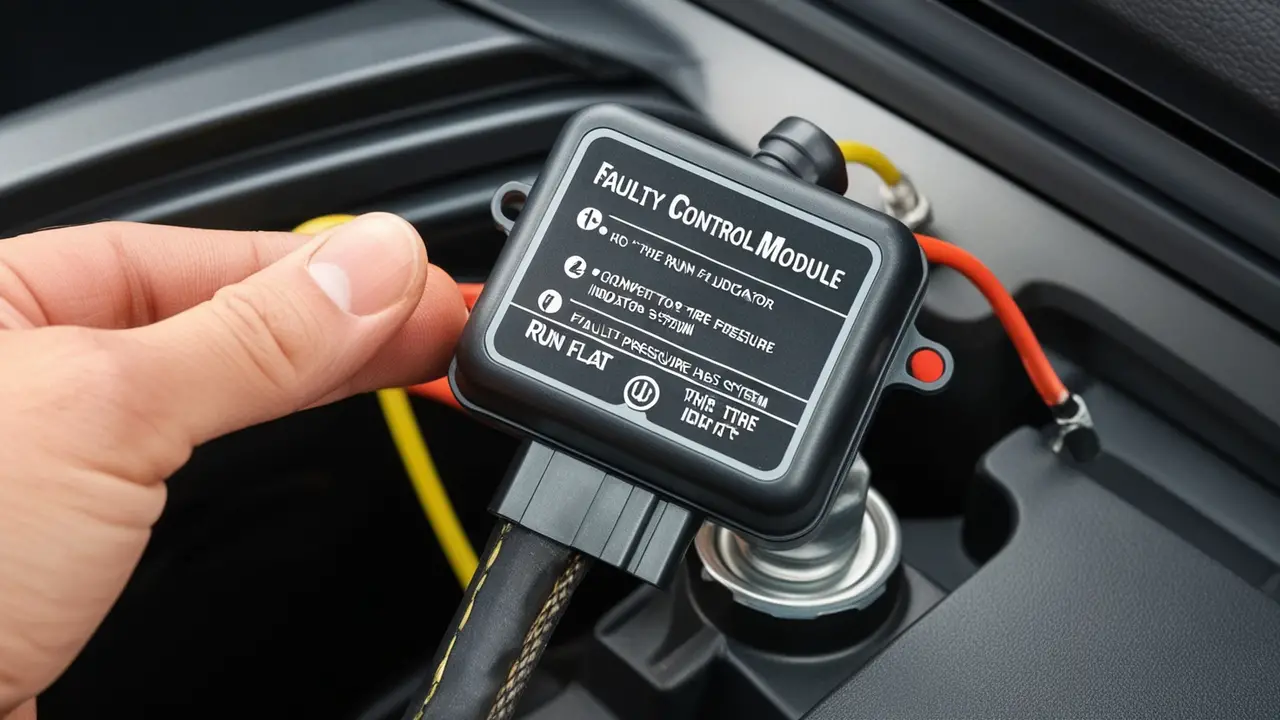
One of the common causes of the Run Flat Indicator being inoperative is a faulty control module. This component plays a crucial role in monitoring and transmitting data related to tire pressure to the indicator system.
The failure of the control module can result in inaccurate or no readings being displayed, which can impact the overall effectiveness and safety of the system.
Physical Damage
The Run Flat Indicator Inoperative message can be caused by various factors, with physical damage being a common issue. This can occur due to impacts from road hazards, such as potholes or debris, which may damage the sensors or wiring of the system.
It is essential to address this issue promptly to ensure the proper functioning of the Run Flat Indicator system and maintain optimal safety on the road.
Fixing A Run Flat Indicator Inoperative
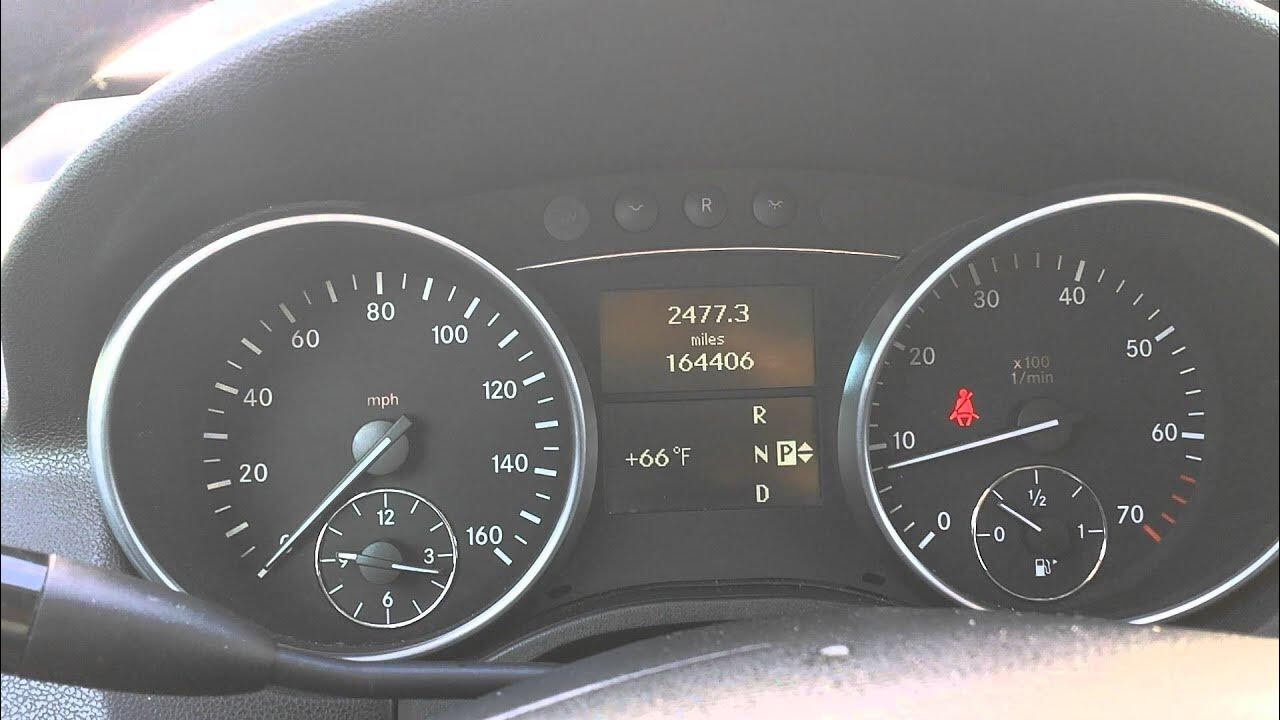
If you find yourself facing an issue with your run flat indicator being inoperative, it is essential to take the necessary steps to address and fix the problem promptly. A run flat indicator plays a crucial role in ensuring the safety and performance of your vehicle’s tires. These are discussed in detail below:
Quick fix:
To troubleshoot a Run Flat Indicator that is not working, you should first open the bonnet of the vehicle. Inside, there will be a fuse box where you can locate a GREEN fuse.
Carefully remove this fuse, clean it to ensure there is no dirt or corrosion, and then securely place it back in its slot. This simple maintenance step may resolve the issue with the Run Flat Indicator display.
Replacing A Faulty Sensor
Restoring the functionality of the run flat indicator requires replacing a faulty sensor. Sensor replacement should include proper calibration and troubleshooting to ensure accurate functionality. It is crucial to select a qualified technician for this task to guarantee the reliability of the indicator.
Accurate diagnostic procedures and calibration are necessary for successful sensor replacement, including calibration of the sensor parameters to restore run flat indicator functionality.
Addressing Low Tire Pressure
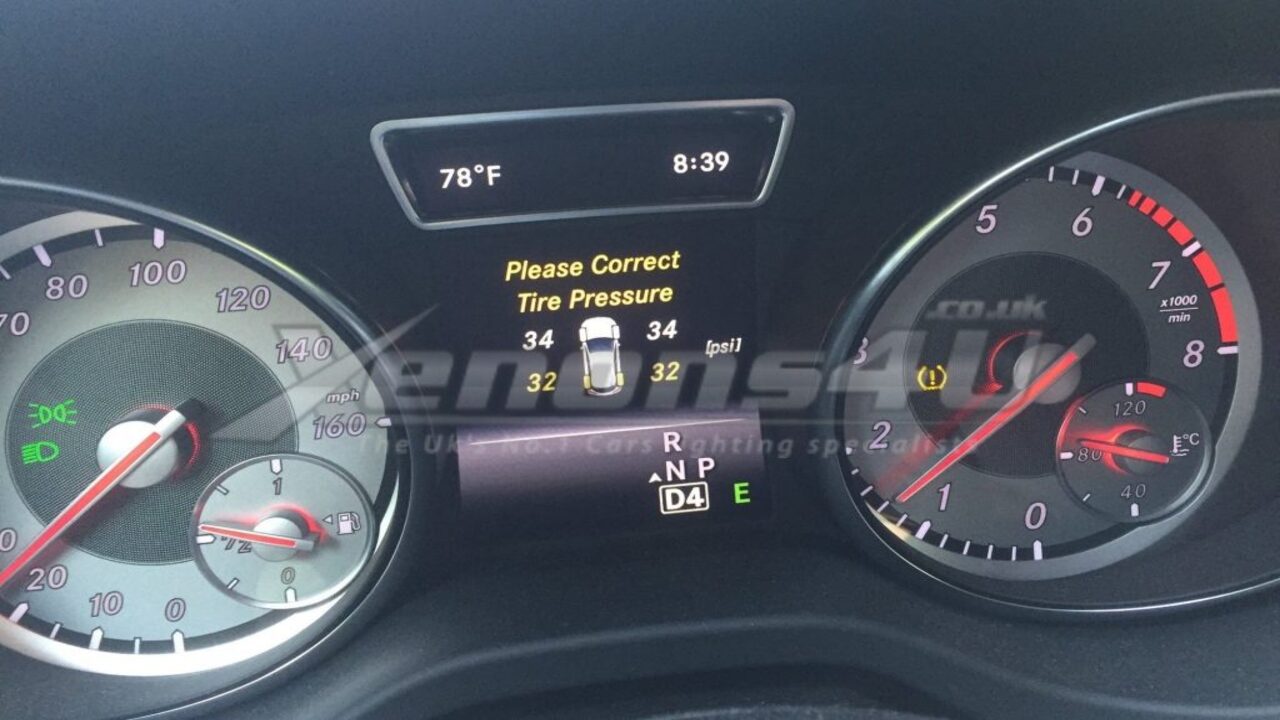
Addressing the issue of low tire pressure is crucial in preventing the run flat indicator inoperative error. Regularly maintaining and checking proper tire pressure can help avoid this error, ensuring the safety and performance of the vehicle.
If the error persists, it’s important to have the sensor inspected and replaced if necessary. Consulting with a professional mechanic or dealership for accurate diagnosis and repair is recommended to address this issue effectively.
Repairing Electrical Issues
When facing the Run Flat Indicator Inoperative error, it’s crucial to understand its causes, such as a faulty sensor or wiring issue. Utilize diagnostic tools and testing procedures to identify the specific problem accurately. Once identified, fix the issue by repairing or replacing the faulty component, whether it’s the sensor or wiring.
For complex or difficult-to-diagnose problems, consider seeking professional assistance. Additionally, regular maintenance and inspection are essential for preventing future electrical issues. By addressing these potential causes, you can ensure the proper functionality of the run flat indicator.
Replacing A Faulty Control Module

When the run flat indicator malfunctions, it may be due to a defective control module. This component governs the sensors that detect tire pressure and transmit signals to the indicator.
A trained mechanic or a repair manual with suitable tools can replace the faulty control module. Routine maintenance and tire pressure monitoring system monitoring can help avert problems related to the run flat indicator.
Regular Tire Pressure Checks
Regular tire pressure checks are essential for maintaining the safety and performance of your vehicle, especially when the run-flat indicator is inoperative. Without the indicator to alert you to low tire pressure, it is important to check your tire pressure on a regular basis manually.
Underinflated tires can lead to reduced fuel efficiency, decreased handling and braking capabilities, and increased risk of a blowout or tire failure. By regularly checking your tire pressure and ensuring that it is at the recommended level, you can help prevent these issues and keep your vehicle running smoothly.
Proper Sensor Maintenance
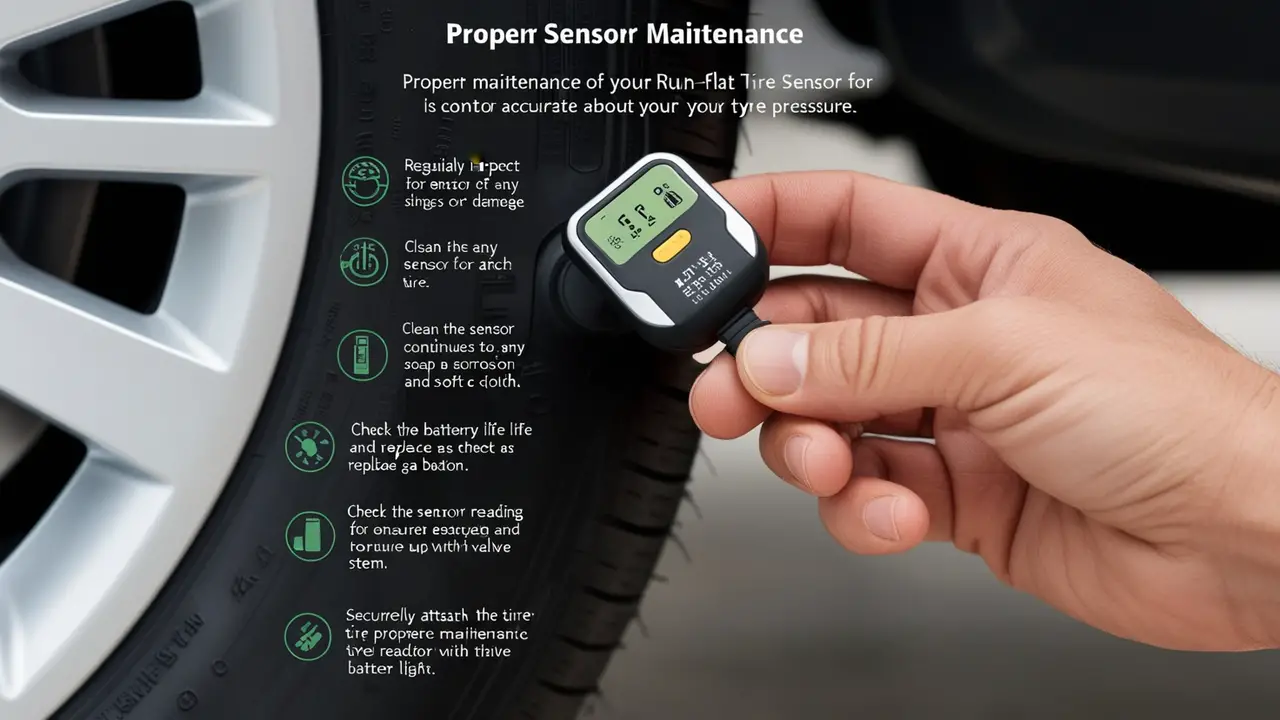
Proper maintenance of your run-flat tire sensor is crucial for ensuring its accurate and reliable performance. Following these maintenance tips. You can help prolong the lifespan of your run-flat tyre sensor and ensure that it continues to provide accurate information about your tyre pressure. Here are some key steps to follow:
- Regularly inspect the sensor for any signs of damage or corrosion.
- Clean the sensor using a mild soap solution and a soft cloth, avoiding any harsh chemicals or abrasive materials.
- Check the sensor’s battery life and replace it as needed to ensure optimal functionality.
- Ensure that you securely attach the sensor to the tire and properly align it with the valve stem.
- If you notice any issues with the sensor, such as inconsistent readings or warning lights, consult a professional technician for further evaluation and potential repairs.
Keeping Electrical Connections Clean And Secure
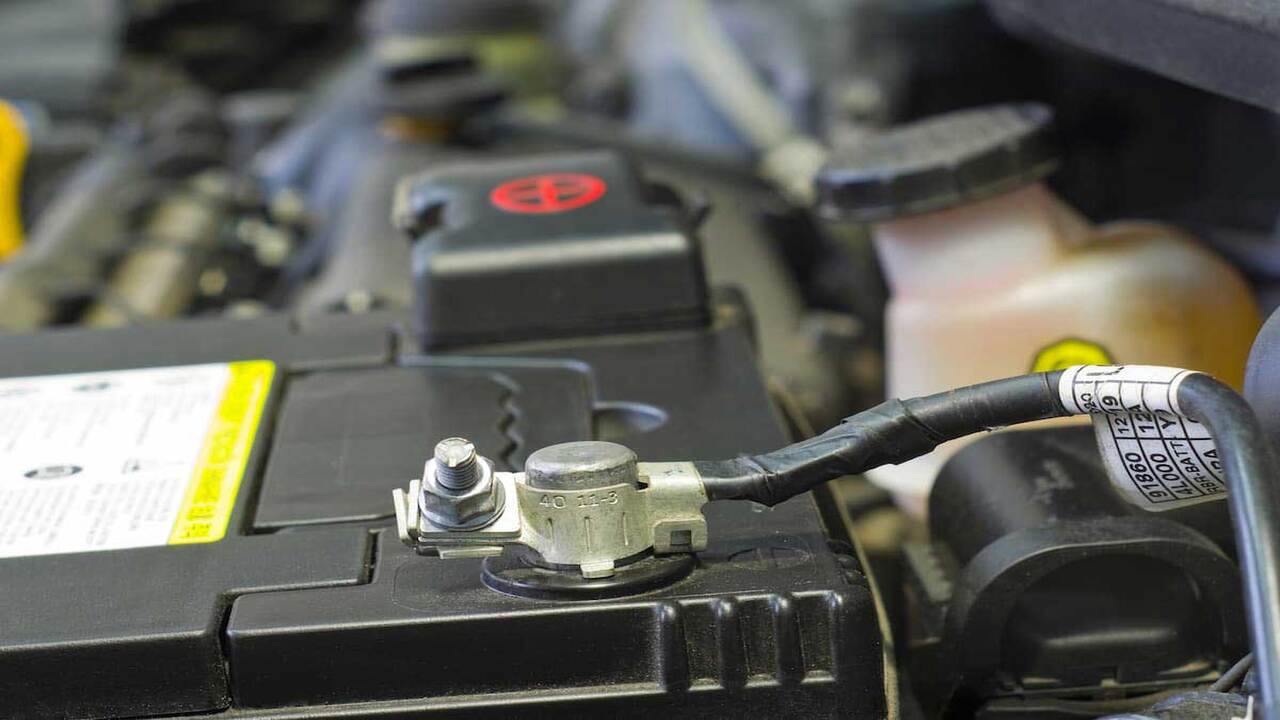
To ensure that your run flat indicator is functioning properly, it is important to keep the electrical connections clean and secure. Over time, dirt, debris, and corrosion can accumulate on the connectors, which can interfere with the signal being sent to the indicator.
To prevent this from happening, regularly inspect the connections and clean them if necessary. Use a soft cloth or brush to remove any dirt or debris, and consider using a contact cleaner or electrical lubricant to help maintain a strong connection.
Additionally, make sure to fasten the connectors to prevent any loose connections securely. By taking these simple steps, you can help ensure that your run flat indicator is always operating effectively. And providing accurate information about your tire pressure.
Preventive Measures
Regular maintenance and careful handling are crucial to preventing the “Run Flat Indicator Inoperative” warning light from appearing. First, ensure regular inspection of tire pressure sensors and keep them clean from dirt and debris.
Vehicle enthusiasts should check for any physical damage or wear and tear on the tires that could affect the sensors. Scheduling routine maintenance at a certified service center helps in the early detection of potential issues.
Software Updates
Updating the vehicle’s software regularly is another key preventive measure, as outdated software can cause sensor malfunctions. For those purchasing parts or services online. Look for affiliate commission opportunities that offer discounts, and always verify product reviews before buying.
While this might seem like an extra step, it’s a necessary thing to ensure quality. Lastly, be cautious when installing new sensors or tires. Improper installation can lead to malfunctioning indicators.
When To Seek Professional Help

If you encounter persistent issues with the Flat Indicator warning light despite basic troubleshooting steps, it’s time to seek professional help. Look out for additional warning signs, such as fault codes related to tire pressure sensors, and unusual brake pad wear.
Or the illumination of other warning lights like the ESP light. When error messages or warning lights persist despite attempts to reset or recalibrate the system. Consulting a professional mechanic becomes necessary.
Especially for specific models like the W204, which may have unique diagnostic steps. It’s best to hand over the diagnosis and repair process to trained professionals. To ensure accurate and effective resolution of the issue.
Conclusion
The “Run Flat Indicator Inoperative” issue is a serious driver concern and should not be taken lightly. It is important to regularly check your tires and have them inspected by a professional if you suspect any issues. If the indicator does not turn on or stays on.
Having your vehicle serviced immediately is crucial to ensure your safety on the road. Remember always to prioritize the maintenance and upkeep of your vehicle to avoid any potential hazards or complications.
Additionally, it is important to conduct regular tire pressure checks. Maintain proper sensor functioning , and keep electrical connections clean and secure to prevent future inoperability issues.
Frequently Asked Questions
1.What Does ESP Inoperative Mean?
ESP inoperative means that the electronic stability program. A safety feature in vehicles that helps to prevent skidding and loss of control is not functioning properly.
This could be due to a malfunction in the system or a damaged component. Which may require immediate attention to ensure safe driving conditions.
2.What Are The Implications Of A Run Flat Indicator Malfunction On Tire Safety?
A malfunctioning run-flat indicator can compromise tire safety by failing to alert drivers of low tire pressure. Without proper notification, drivers risk continued driving on underinflated tires, leading to reduced traction, increased braking distance, and potential blowouts.
This can result in loss of vehicle control and accidents. Enthusiasts should take immediate action upon detecting fault codes or second-guessing tire pressure readings. To ensure safe driving conditions and prevent power loss due to tire-related issues.
3.What Are The Effects Of A Run Flat Indicator Malfunction On Tire Performance?
A malfunctioning run flat indicator can lead to delayed or inaccurate notifications of tire pressure issues, potentially causing the driver to continue driving on underinflated tires. This can result in decreased fuel efficiency, compromised handling and braking capabilities, increased risk of tire blowouts, and accelerated wear on the tire.
4.What Are The Safety Concerns Associated With A Run Flat Indicator Inoperative?
When a run-flat indicator is inoperative, drivers may not be alerted to a tire puncture or loss of pressure. This may lead to an increased risk of accidents due to sudden tire failure. It can also result in decreased fuel efficiency, tire wear, and compromised vehicle handling.
Additionally, continued driving on a flat tire can cause damage to the wheel assembly and suspension components, leading to costly repairs. Regularly checking tire pressure and addressing any issues promptly is crucial to ensure safe driving conditions.
5.What Are The Risks Of Driving With A Malfunctioning Run Flat Indicator?
Driving with a malfunctioning run flat indicator can be dangerous as it may not alert you to a flat tire, leading to potential loss of control, tire blowouts, or accidents.
This can result in increased risk of driving on underinflated tires, causing further damage to the tires and compromising overall vehicle safety. It is crucial to address any issues with the run flat indicator promptly to ensure safe driving conditions.
6.How Does A Run Flat Indicator Malfunction Impact Tire Pressure Monitoring?
If a run flat indicator malfunctions, it can provide inaccurate information about the tire’s condition, leading to potential risks. This can impact tire pressure monitoring by causing false alerts or failing to alert the driver of actual tire pressure issues.
It may also result in the driver ignoring warnings or not being aware of a tire problem, compromising safety on the road. Regularly checking tire pressure manually or getting the indicator system fixed promptly is crucial to ensure accurate monitoring and prevent potential accidents.
7.Is It Possible To Reset A Run Flat Indicator That Is Inoperative?
Unfortunately, resetting a run flat indicator that is inoperative is impossible. If the indicator is not functioning properly, it is recommended to have it checked and repaired by a professional technician to ensure your safety on the road. Ignoring the issue could lead to potential tire problems or safety hazards while driving.